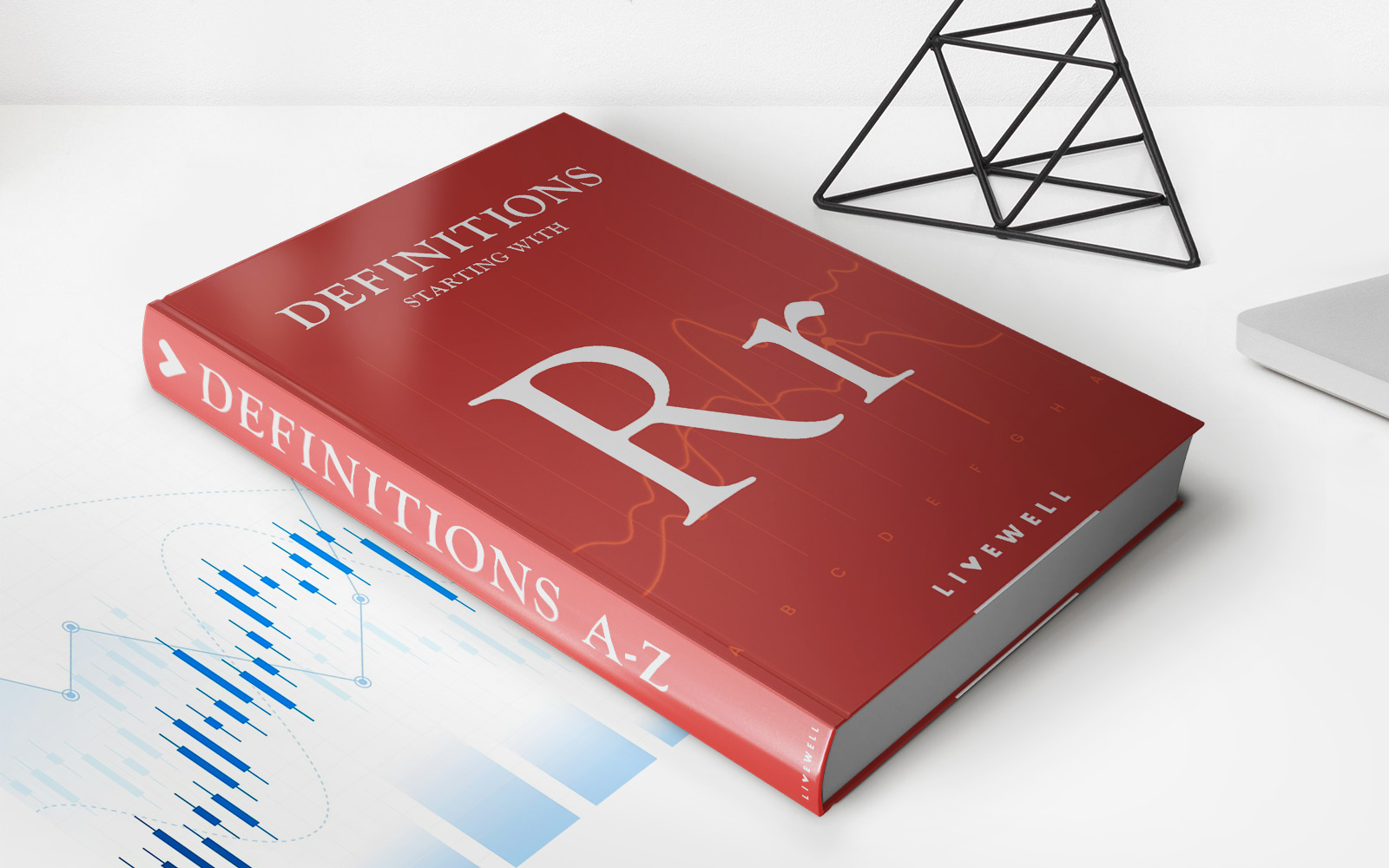Home>Finance>Modified Accelerated Cost Recovery System (MACRS) Definition


Finance
Modified Accelerated Cost Recovery System (MACRS) Definition
Published: December 26, 2023
Discover the meaning and benefits of the Modified Accelerated Cost Recovery System (MACRS) in finance. Learn how it helps with asset depreciation and tax deductions.
(Many of the links in this article redirect to a specific reviewed product. Your purchase of these products through affiliate links helps to generate commission for LiveWell, at no extra cost. Learn more)
Understanding the Modified Accelerated Cost Recovery System (MACRS)
Have you ever wondered how businesses receive tax benefits for the wear and tear, deterioration, or obsolescence of their tangible property? Well, wonder no more! In this blog post, we will explore the concept of the Modified Accelerated Cost Recovery System (MACRS), a tax depreciation method used by businesses in the United States.
Key Takeaways
- MACRS is a tax depreciation method used by businesses in the United States
- It allows businesses to recover the cost of tangible property over a specified period of time
What is MACRS?
The Modified Accelerated Cost Recovery System (MACRS) is a method that allows businesses to recover the cost of acquiring and improving tangible property over a specified period of time through an annual tax deduction. This system determines the depreciation amount and schedule based on the property’s classification, recovery period, and depreciation method.
MACRS was introduced in 1986 as a way to simplify and provide more accuracy in depreciation calculations. Prior to MACRS, businesses used the Accelerated Cost Recovery System (ACRS) which had different depreciation schedules and methods.
How Does MACRS Work?
MACRS works by assigning tangible property into specific asset classes and determining the depreciation method and recovery period based on the property’s classification. Here are the key steps involved in the MACRS calculation:
- Asset Classification: Determine the asset class to which the property belongs. The Internal Revenue Service (IRS) has defined various asset classes based on the type of property.
- Recovery Period: Determine the recovery period assigned to the asset class. The recovery period represents the number of years over which the cost of the property can be deducted.
- Depreciation Method: Determine the depreciation method to be used. Under MACRS, the most common methods are the General Depreciation System (GDS) and the Alternative Depreciation System (ADS).
- Depreciation Schedule: Determine the depreciation schedule, which specifies the percentage of the cost that can be deducted each year during the recovery period.
- Depreciation Calculation: Calculate the annual depreciation deduction by applying the depreciation schedule to the cost of the property. This deduction can be claimed in the form of a tax deduction on the business’s annual tax return.
Benefits of MACRS
The modified accelerated cost recovery system offers several benefits to businesses:
- Tax Savings: MACRS allows businesses to deduct the depreciation of their tangible property, reducing their taxable income and saving them money on taxes.
- Cash Flow Management: By spreading out the depreciation deductions over several years, MACRS helps businesses manage their cash flow better.
- Encourages Investment: The ability to recover capital investment costs through depreciation deductions encourages businesses to invest in new equipment and assets.
- Consistency and Simplicity: MACRS provides a consistent and simplified method of depreciation calculation, making it easier for businesses to comply with tax regulations.
So, whether you own a small business or are just interested in understanding how businesses recover costs, knowing about the Modified Accelerated Cost Recovery System (MACRS) can be useful. It not only helps businesses save on taxes but also encourages investment and simplifies the depreciation calculation process.
Disclaimer: This article is for informational purposes only and does not constitute tax advice. Consult a qualified tax professional for personalized guidance.














